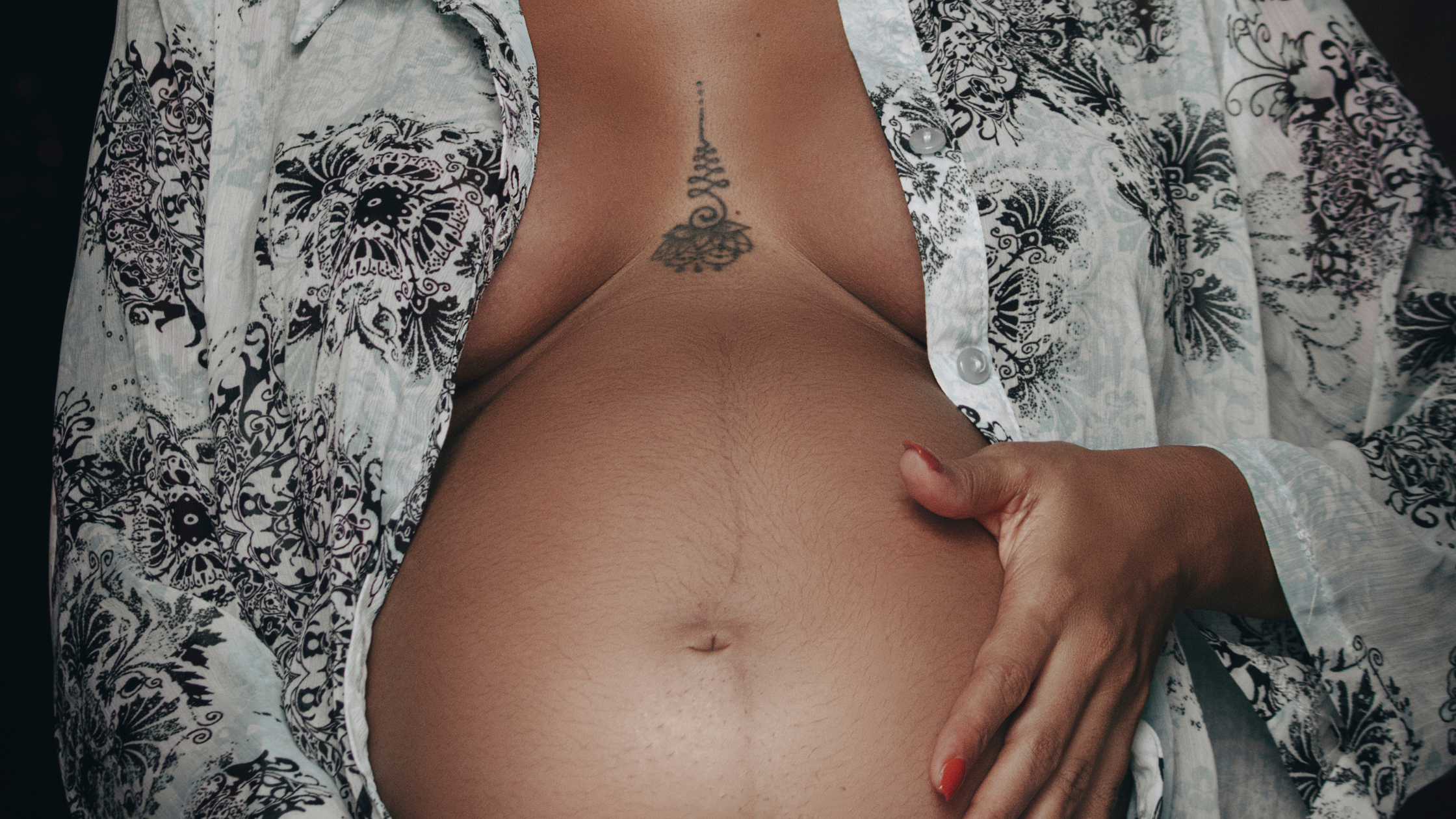Movement for Birth
“Freedom of movement is important in making the birth of your baby easier. It is the best way for you to use gravity to help your baby come down and to increase the size and shape of your pelvis. It allows you to respond to pain in an active way, and it may speed up the labor process.”
— (SIMKIN & ANCHETA, 2005).
There is no doubt that being able to move freely during labour and birth can make a big difference on the length of your labour, how well you cope and how easily you birth your baby. The following movement sequence is meant to help balance and open the pelvic muscles (including the pelvic floor) and uterine ligaments. It uses gravity to help bring baby down, helps dilation of the cervix happen more evenly and allows baby to move their way through the pelvis more easily during labour (optimal fetal positioning).
You can practice this sequence throughout your pregnancy in preparation for birth and during labour as a comfort measure. You don’t need a birthing/ exercise ball to do this sequence (use a chair or a surface you can sit on comfortably), but it’s a wonderful tool to have on hand and will be great for parenting too!
“When labor slows, a change in position often will help you “find your rhythm” again. If your baby is in a posterior position (with the back of the baby’s head toward your spine), getting on your hands and knees helps the baby rotate and decreases back pain. ”
— (STREMLER ET AL., 2005)
Please know that not all movements feel good to every body. Please don’t push through pain - stop or modify!
• Take a moment to breathe deeply and freely - release tension from your face, neck and shoulders.
• Leaning squats and lunges - stand and lean on a stable surface. Take a wide leg stance - bend and stretch your knees, lung from side to side or just sway your hips.
• Standing single leg lunges - One leg up on a stair step or on a step stool or chair. Lean toward the leg that’s elevated. You can also step up and down on a stair step rather than lean.
• Move your hips - forward and back, side to side and in circles. Gently bounce if you have a birthing/ exercise ball. Lean while sitting on the ball and repeat hips movements and do some supported lunges.
• On All Fours - with or without a ball, move your spine. Up and down, side to side. take slow breaths fro each movement.
• Kneeling forward lunge - open the front of one hip while stretching the inner thigh and back of the other leg. Add gentle extension by lifting your gaze and your chest.
• Take active rest - see our video for ways to find rest during labour that are still “active”.
This video is about 5 minutes long. You can take longer through any or all portions of this video.
Want to learn more? Contact me!

